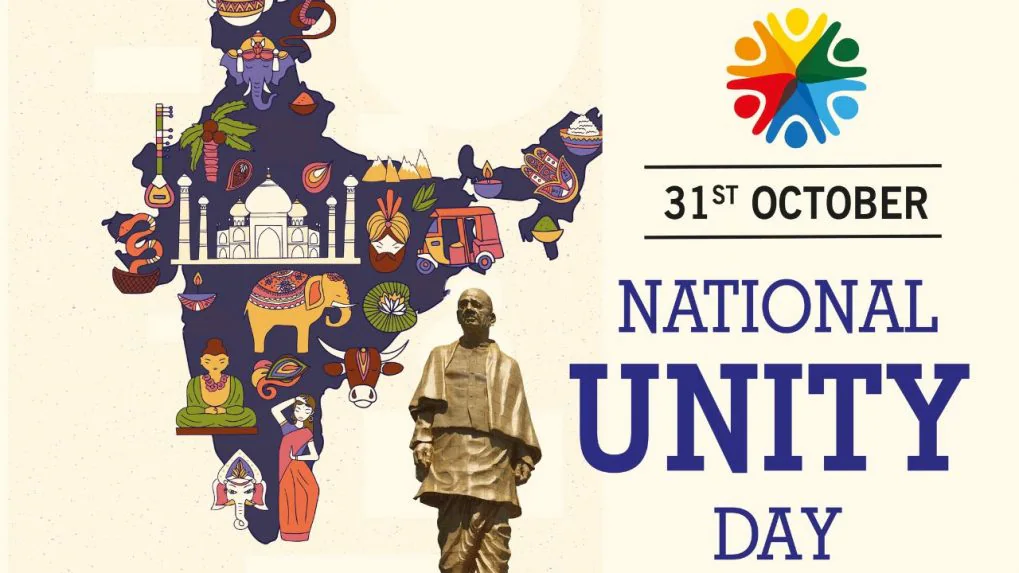Free Courses Sale ends Soon, Get It Now


Free Courses Sale ends Soon, Get It Now



Copyright infringement not intended
Picture Courtesy: www.cnbctv18.com
Context: October 31 is celebrated as National Unity Day or Rashtriya Ekta Diwas to remember and honour Sardar Vallabhbhai Patel, who played a big part in bringing different regions together to make India a united country after it became independent from British rule.
Details
Sardar Vallabhbhai Patel
Early Life and Career
Entry into Politics
Role in Independence and Partition
Integration of Princely States
Death and Legacy
Conclusion
Must Read Articles:
SARDAR PATEL: https://www.iasgyan.in/daily-current-affairs/sardar-patel
|
PRACTICE QUESTION Q. What was the significant role played by Sardar Vallabhbhai Patel in the Indian freedom struggle, particularly focusing on his efforts in the integration of princely states and his contributions to the independence movement? |
© 2024 iasgyan. All right reserved